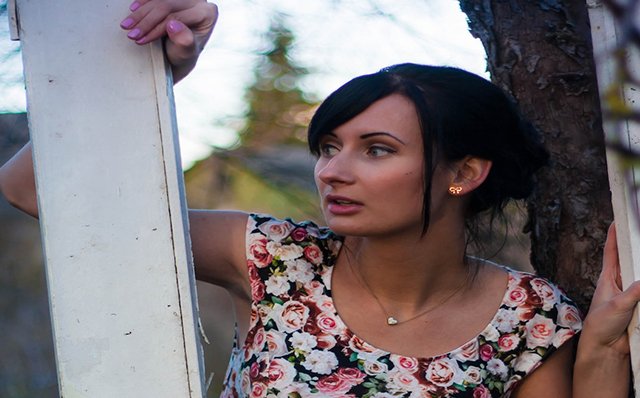Framing and composition are essential elements of cinematography that can greatly impact the way a film is perceived by audiences. The way a shot is framed and composed can convey a lot about the story, characters, and themes of a film. In this blog, we will explore the key concepts of framing and composition in cinematography and their importance in creating powerful visual storytelling.
Framing refers to how a shot is composed within the frame of the camera. A shot can be framed in different ways, such as close-up, medium shot, long shot, and extreme close-up. Each framing option conveys different emotions and messages to the audience. For instance, a close-up shot focuses on a particular subject, highlighting their emotions or reactions, while a long shot captures the entire scene, providing context to the story.
In addition to the types of framing, the position of the camera also plays a vital role in framing. The camera can be placed at different angles, such as eye-level, high-angle, and low-angle shots. Eye-level shots provide a neutral perspective, while high-angle shots make the subject look smaller, weaker, or vulnerable, and low-angle shots make the subject look powerful or dominant.
Composition, on the other hand, refers to the arrangement of elements within the frame. It involves the use of visual elements such as color, lighting, and camera movement, to create a visually pleasing shot. A well-composed shot can draw the audience's attention to the main subject, create a mood, or establish a visual metaphor.
One of the most common composition techniques used in cinematography is the rule of thirds. The rule of thirds involves dividing the frame into nine equal parts and placing the subject along the lines or intersection points, creating a balanced and visually appealing shot. Another technique is leading lines, which involves using lines within the shot to direct the audience's attention to the main subject.
Color is another vital component of composition. The use of color can create a mood, convey emotions, or provide contrast to the shot. For instance, warm colors such as red and yellow can create a feeling of warmth or passion, while cool colors such as blue and green can create a sense of calmness or sadness.
Lighting is also essential in cinematography. It can be used to create shadows, highlights, and contrasts to highlight the main subject, and create a mood or atmosphere. Different types of lighting, such as natural light, artificial light, and colored light, can be used to achieve different effects.
In conclusion, framing and composition are essential elements of cinematography that can greatly impact the visual storytelling of a film. By using different types of framing, camera angles, and composition techniques, filmmakers can create a mood, convey emotions, and tell a powerful story through the visual language of cinema.

